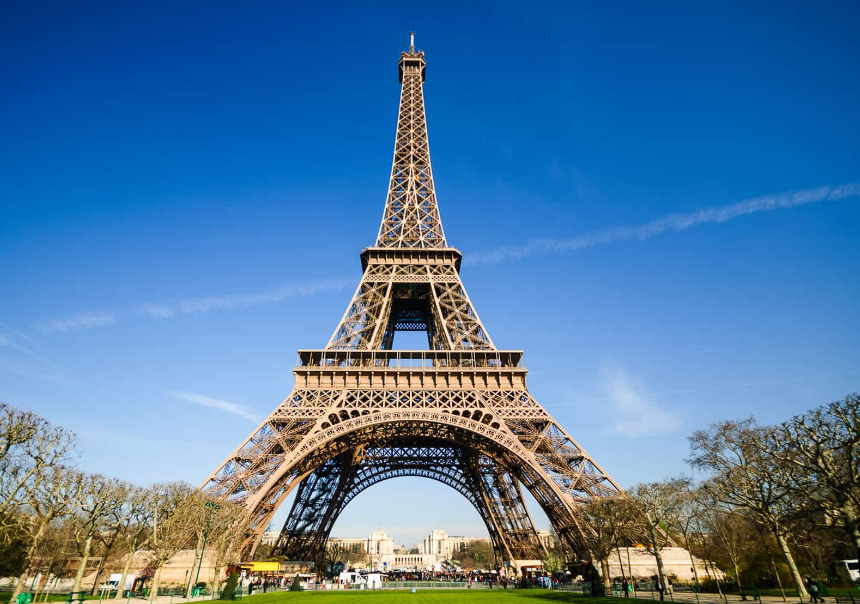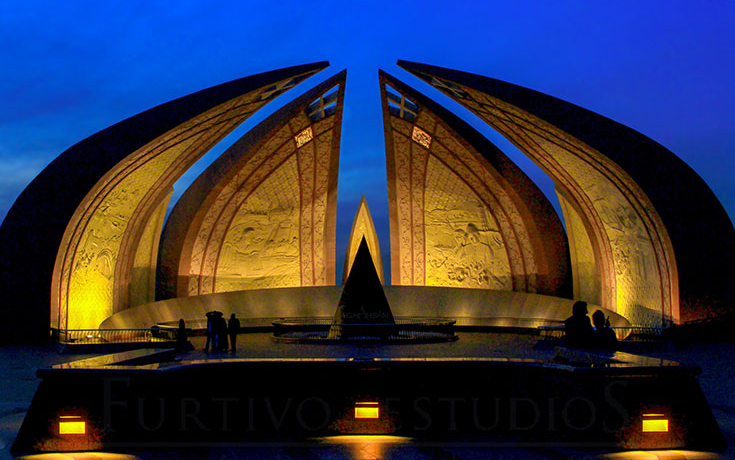Germany is home to several iconic national monuments, but none are more recognizable than the Brandenburg Gate. This Germany National Monument is a historical landmark that has stood as a symbol of German unity, resilience, and triumph for centuries, attracting tourists from all over the world. In this article, we’ll explore the history of the Brandenburg Gate, its significance in Germany’s past and present, and its impact on tourism.
The Brandenburg Gate is a historic landmark located in Berlin, Germany’s capital city. This massive sandstone structure stands at the end of Unter den Linden, one of the city’s most famous boulevards. The gate has a storied past, serving as a symbol of German strength, unity, and perseverance through some of the country’s most challenging times.
The History of the Germany National Monument
The Brandenburg Gate was built in 1791 under the direction of Prussian King Friedrich Wilhelm II as a symbol of peace. The gate consists of 12 Doric columns, forming five passageways that allow traffic to pass through. During World War II, the gate suffered significant damage, but it was later restored by the German government.
Significance of the Germany National Monument
The Brandenburg Gate has played a crucial role in German history, serving as a symbol of the country’s strength and unity. After the fall of the Berlin Wall in 1989, the gate became a symbol of German reunification, and it has since been the site of numerous political events and speeches. The gate has also been a symbol of hope and perseverance during some of Germany’s most challenging times, including both World Wars.
The Brandenburg Gate as a Tourist Destination
The Brandenburg Gate is one of the most popular tourist destinations in Germany, attracting millions of visitors each year. Visitors can take photos in front of the gate, explore the surrounding area, or join a guided tour to learn more about the gate’s history and significance. The gate is open to the public 24 hours a day, seven days a week, and admission is free.
Best Time to Visit the Brandenburg Gate
The best time to visit the Brandenburg Gate is during the summer months, from May to September. During this time, the weather is mild, and there are plenty of outdoor events and festivals in the surrounding area. However, the gate can get crowded during peak tourist season, so visitors may want to arrive early in the day or late in the evening to avoid the crowds.
How to Get to the Germany National Monument
The Brandenburg Gate is located in the heart of Berlin and is easily accessible by public transportation. Visitors can take the U-Bahn or S-Bahn to Brandenburger Tor station, or they can take a bus or tram to Unter den Linden or Pariser Platz. Visitors can also walk or bike to the gate from nearby attractions like the Reichstag or the Holocaust Memorial.
Fun Facts About the Brandenburg Gate
- The Brandenburg Gate is over 200 years old.
- The gate is located in the Mitte district of Berlin.
- The gate is 26 meters high and 65.5 meters wide.
- The gate was used as a backdrop for Hitler’s speeches during World War II.
- The Quadriga, a sculpture of a chariot pulled by four horses, sits atop the gate and was stolen by Napoleon during his invasion of Berlin. It was later returned to Germany and restored.
- The gate has been the site of several significant events in German history, including the fall of the Berlin Wall in 1989 and the reunification of Germany in 1990.
- The gate has been featured in several films, including “The Bourne Supremacy” and “National Treasure: Book of Secrets.”
- The gate is often lit up in the colors of the German flag to celebrate national holidays or significant events.
Frequently Asked Questions
- Is the Brandenburg Gate open to the public?
Yes, the gate is open 24 hours a day, seven days a week, and admission is free.
- Can visitors go inside the Brandenburg Gate?
No, visitors cannot go inside the gate, but they can walk through one of the five passageways.
- What is the significance of the Quadriga sculpture on top of the gate?
The Quadriga represents the goddess of victory driving a chariot pulled by four horses. It symbolizes victory in war and peace.
- Is the Brandenburg Gate accessible to people with disabilities?
Yes, there are ramps and elevators in the surrounding area that make the gate accessible to people with disabilities.
- What is the best time of day to visit the Brandenburg Gate?
The gate can get crowded during peak tourist season, so visitors may want to arrive early in the day or late in the evening to avoid the crowds.
Conclusion
The Brandenburg Gate is a national treasure that represents Germany’s strength, unity, and perseverance through some of the country’s most challenging times. Its significance in German history and politics, coupled with its unique architecture and location, make it a must-see destination for anyone visiting Berlin. Whether you’re interested in history, architecture, or simply want to take a photo in front of this iconic landmark, the Brandenburg Gate is an essential stop on any trip to Germany.
References
- “Brandenburg Gate.” VisitBerlin. Accessed April 11, 2023. https://www.visitberlin.de/en/brandenburg-gate.
- “Brandenburg Gate.” Berlin.de. Accessed April 11, 2023. https://www.berlin.de/en/attractions-and-sights/3560169-3104052-brandenburg-gate.en.html.
- “The History of the Brandenburg Gate.” DW. Accessed April 11, 2023. https://www.dw.com/en/the-history-of-the-brandenburg-gate/g-37187471.

